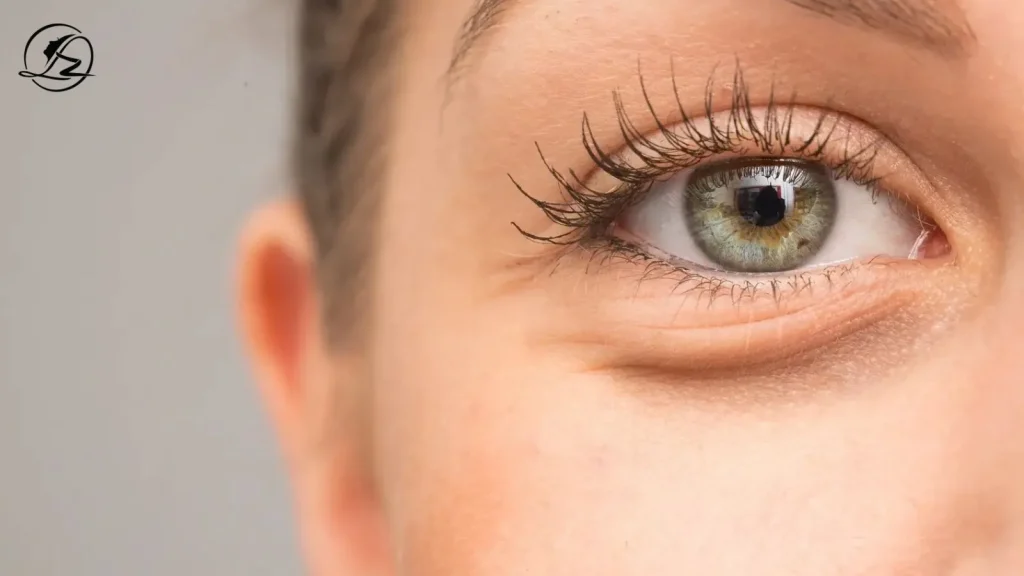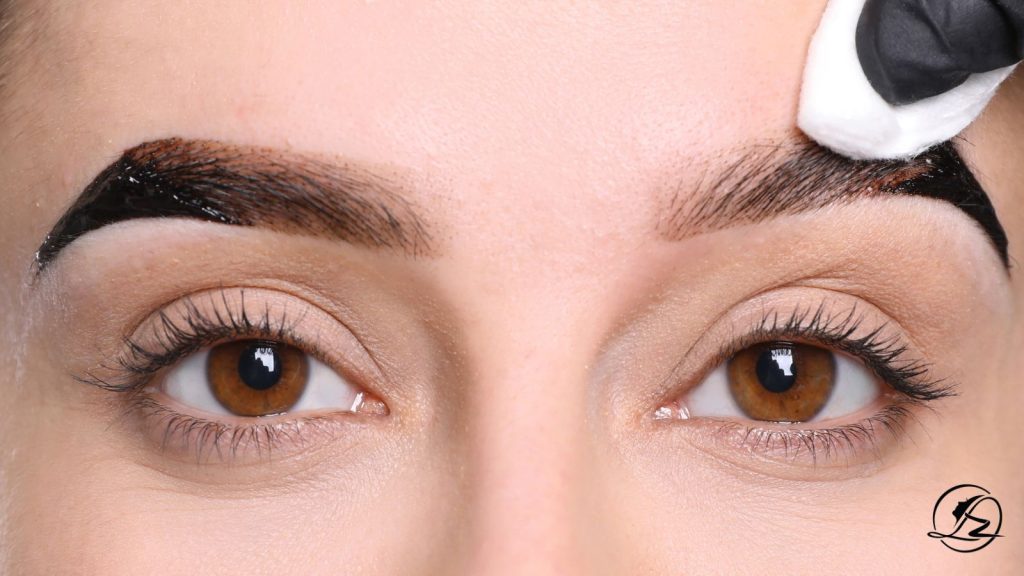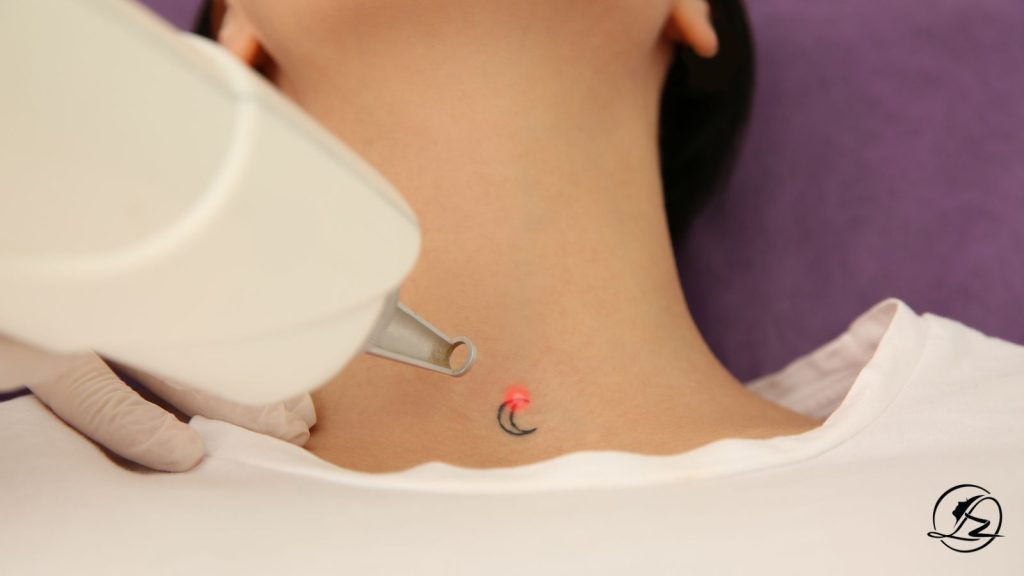Eye bags are a common concern that many of us face, often caused by factors like genetics, aging, and lifestyle habits. While temporary fixes can help reduce their appearance, permanent removal typically requires targeted medical treatments or surgical options that address the underlying causes.
We’ll explore effective methods that go beyond short-term solutions, including lifestyle adjustments, skincare routines, and professional procedures. Understanding what truly works allows us to make informed choices for lasting results.
Table of Contents
ToggleUnderstanding Eye Bags
Eye bags form when the tissue around our eyes weakens and fat or fluid collects beneath the skin. This condition varies based on causes, types, and recognizable symptoms that affect how we perceive and manage them.
1. What Causes Eye Bags
Eye bags develop mainly due to weakening of the muscles and skin around the eyes. As we age, this tissue loses elasticity, allowing fat that normally supports the eyes to shift forward, creating a puffed appearance.
Other causes include fluid retention from factors like salt intake, allergies, or lack of sleep. Genetics also play a role, meaning some people inherit a predisposition to develop prominent eye bags earlier or more severely.
Lifestyle factors such as smoking or prolonged sun exposure can accelerate tissue breakdown, worsening eye bag formation. Hormonal changes and medical conditions may contribute but are less common causes.
2. Types of Eye Bags
We can classify eye bags into two primary types: puffiness caused by fluid retention and fat prolapse. Fluid-related bags often appear temporarily and fluctuate through the day.
Fat prolapse involves permanent bulging caused by fat pockets pushing forward due to tissue weakening. It usually requires more intensive treatment to address effectively.
There are also hereditary eye bags that are mainly structural, linked to facial bone and fat distribution. These tend not to respond well to lifestyle changes alone.
Understanding the type helps determine the best removal or treatment strategy.
3. Signs and Symptoms
The primary sign of eye bags is visible swelling or puffiness under the eyes. This area may sometimes appear loose or sagging, with skin creases or dark circles accompanying the puffiness.
Symptoms can include mild discomfort or a heavy sensation, though eye bags generally don’t cause pain. In some cases, irritation may occur if the skin stretches excessively.
Appearance often worsens with tiredness or after consuming salty foods. Persistence and severity vary, with some people noticing daily changes in their eye area.
Lifestyle Modifications to Minimize Eye Bags
Certain daily habits directly impact the appearance of eye bags. By targeting sleep routines, diet, and environmental factors, we can reduce puffiness effectively.
1. Improving Sleep Habits
Consistent, quality sleep is essential to reduce eye bags. Aim for 7-9 hours daily, avoiding late nights that cause fluid retention under the eyes. Elevating the head slightly can prevent fluid buildup by improving drainage during sleep.
Creating a relaxing bedtime routine helps improve sleep quality. Limiting screen time and caffeine intake in the evening promotes better rest. Poor sleep, even short-term, can make eye bags more noticeable due to increased blood flow and fluid retention.
2. Dietary Changes and Hydration
Reducing salt intake lowers water retention that contributes to puffiness around the eyes. Processed foods often contain excess sodium; focusing on fresh, whole foods helps manage this.
Staying well-hydrated flushes excess salt and toxins in the body. We recommend drinking at least 8 glasses of water daily. Avoid excessive alcohol, as it dehydrates and worsens swelling.
Incorporating foods rich in antioxidants, like berries and leafy greens, supports healthy skin and may reduce inflammation that leads to puffiness.
3. Reducing Allergens and Irritants
Allergic reactions can worsen eye bags by causing swelling and redness. Identifying triggers such as dust, pet dander, or pollen can help minimize symptoms.
Regularly cleaning bedding and vacuuming reduces allergen buildup. Using hypoallergenic skincare products around the eyes limits irritation.
If needed, over-the-counter antihistamines or prescribed treatments can control allergies and reduce puffiness caused by immune responses.
Skincare Strategies for Under-Eye Concerns
Addressing under-eye bags requires a focused, consistent approach. We need to consider how topical products work, the impact of sun exposure, and proper cleaning and moisturizing techniques to minimize puffiness effectively.
1. Topical Treatments for Puffiness
We should use eye creams containing ingredients like caffeine, peptides, and hyaluronic acid. Caffeine constricts blood vessels, reducing swelling and dark circles. Peptides support skin structure by boosting collagen production to improve firmness.
Hyaluronic acid hydrates and plumps the skin, making bags less noticeable. Retinol is also effective but should be introduced cautiously as it can irritate sensitive under-eye skin.
Applying these creams gently with the ring finger prevents further irritation. Consistency is crucial, using products daily to see gradual improvement.
2. Sun Protection and Prevention
Protecting the skin from UV damage is essential. We must use broad-spectrum sunscreen with at least SPF 30 around the eyes to prevent collagen breakdown that worsens sagging and puffiness.
Sunglasses with UV protection also help reduce sun exposure and prevent squinting that can lead to wrinkles. Avoid direct sun during peak hours and reapply sunscreen regularly, especially if we sweat or swim.
This preventive step slows aging signs and maintains skin elasticity, which supports reducing eye bags over time.
3. Gentle Cleansing and Moisturizing
We should choose gentle, fragrance-free cleansers to avoid stripping moisture or irritating delicate under-eye skin. Harsh rubbing can exacerbate puffiness and cause redness.
After cleansing, moisturizing with a lightweight, non-comedogenic formula helps maintain skin hydration. Well-hydrated skin is less prone to dryness and inflammation, which contribute to under-eye bags.
Patting products on instead of dragging minimizes stress on the skin and supports its natural barrier function, aiding long-term resilience against swelling.
Medical and Cosmetic Procedures for Permanent Removal
Several medical and cosmetic approaches can address eye bags with lasting results. These methods vary in technique, recovery time, and effectiveness depending on the individual’s skin type and severity of the condition.
1. Blepharoplasty Surgery
Blepharoplasty is a surgical procedure that removes excess skin, fat, and muscle from the upper or lower eyelids. By physically eliminating these tissues, it tightens the skin and reduces puffiness permanently.
The operation is usually done under local anesthesia with sedation. Recovery typically requires one to two weeks, during which swelling and bruising subside. Results often last for years, though natural aging will continue.
Risks include infection, scarring, or changes in eyelid sensation. It is important we consult with a board-certified plastic surgeon to assess candidacy and expected outcomes.
2. Laser Treatments for Eye Bags
Laser resurfacing uses focused beams of light to tighten skin and stimulate collagen production around the eyes. This procedure targets mild to moderate eye bags caused by loose skin rather than fat deposits.
Fractional CO2 and erbium lasers are common, offering controlled skin resurfacing with minimal downtime. Multiple sessions may be needed for optimal results.
Laser treatment improves skin texture and firmness but does not remove fat. We should expect gradual improvement over several months as the skin heals and collagen rebuilds.
3. Chemical Peels and Fillers
Chemical peels involve applying acids to exfoliate and promote regeneration of the delicate skin under the eyes. They smooth fine lines and reduce pigmentation but have limited effect on prominent eye bags.
Dermal fillers, typically hyaluronic acid-based, can fill hollow areas beneath the eyes. This reduces the shadow effect that makes bags look more pronounced. Fillers do not remove bags but can improve the under-eye contour.
Both options are minimally invasive with quick recovery. We must choose an experienced provider to avoid complications like uneven results or irritation.
At-Home Remedies With Limited Long-Term Effectiveness
We can use simple treatments to reduce the appearance of eye bags temporarily. These methods often provide fast relief but don’t address the root causes or offer lasting changes.
1. Cold Compresses
Cold compresses tighten blood vessels under the eyes, which can reduce swelling and puffiness. Applying something cold, like chilled spoons, cucumber slices, or a cold washcloth, for 10 to 15 minutes can help us look less tired.
This method is effective mainly for fluid retention or mild inflammation. It doesn’t eliminate fat deposits or skin laxity, which are common causes of persistent eye bags.
We should avoid excessive pressure and limit cold compress use to avoid skin irritation. Regular, gentle use may improve appearance temporarily but won’t produce permanent results.
2. Caffeine-Based Eye Creams
Caffeine constricts blood vessels and reduces water retention in the skin around our eyes. Eye creams containing caffeine can help lessen puffiness and improve skin firmness visibly.
Daily application can improve circulation, giving a firmer look within weeks. However, caffeine creams do not remove excess fat or tighten loose skin permanently.
We need to pick formulas suited to sensitive skin to avoid irritation. Consistent use can make a noticeable difference in swelling but only while the product is applied regularly.
When to Seek Professional Advice
We must recognize when home treatments are not enough to address eye bags. Persistent swelling or accompanying health issues may require expert evaluation and intervention.
1. Persistent Under-Eye Swelling
If puffiness under the eyes remains for several weeks despite lifestyle changes like improved sleep, hydration, and diet, it is a signal to consult a professional. Persistent swelling could indicate fluid retention or underlying skin laxity that needs medical treatment.
We should watch for swelling that worsens or appears uneven, as it might not respond to over-the-counter remedies. A dermatologist or oculoplastic surgeon can assess whether treatments such as fillers, laser therapy, or surgery are appropriate.
2. Associated Medical Conditions
Eye bags sometimes result from systemic health issues. Conditions like thyroid problems, allergies, or kidney disease can cause or worsen under-eye swelling.
If we notice symptoms like redness, pain, vision changes, or swelling linked to other systemic signs, it is important to seek medical advice. Early diagnosis of underlying diseases can prevent complications and improve both eye appearance and overall health.



